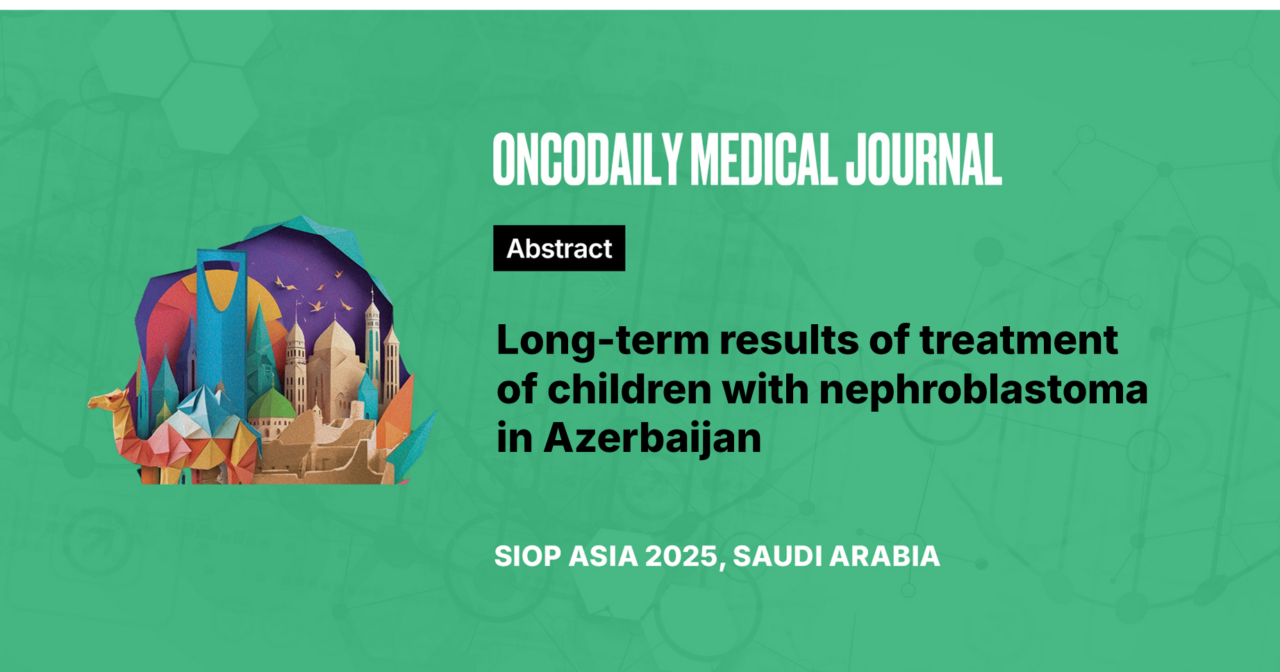Long-term results of treatment of children with nephroblastoma in Azerbaijan
Abstract
Introduction: Nephroblastoma (Wilms’ tumor) is a highly sensitive tumor to chemotherapy and radiation therapy. The treatment of WT can be considered as the paradigm for multimodal treatment of malignant solid tumors in childhood.
Methodology: Since 2012, in the treatment of WT, we have used the schemes of the SIOP WT-2001 and SIOP RTSG Umbrella 2018 programs. A total of 59 patients were treated (33 boys, 26 girls). The age of the children ranged from 6 months. up to 16 years old. The average age was 3 years 5 months. In 4 (6.8%) children, stage I of the disease was noted, and stages II, III, IV were observed in 22 (37.3%), 19 (32.2%) and 14 (23.7%) patients, respectively. Thus, 55.9% of patients had III and IV stages of the disease.
After 4-6 weeks of chemotherapy, all patients underwent standard transabdominal nephrectomy or partial nephrectomy. After a morphological study, risk groups were identified: low risk was found in 4 (6.8%) patients, standard risk in 34 (57.6%) and high-risk in 21 (35.6%) patients. In the postoperative period, polychemotherapy was carried out according to the protocol.
Results: Serious complications of chemotherapy as well as GA and surgery were not observed. The overall cumulative 5-year OS and EFS were 87%±5% and 84%±5%, respectively. On top of addition 33 out of 59 patients had stages III-IV of the disease, and 21 patients had a high-risk group.
Conclusion: Our limited experience suggests that the programs SIOP WT-2001, SIOP RTSG Umbrella are effective in the treatment of WT in children. These results were obtained in the group of patients where stage III and IV of the disease predominated.





